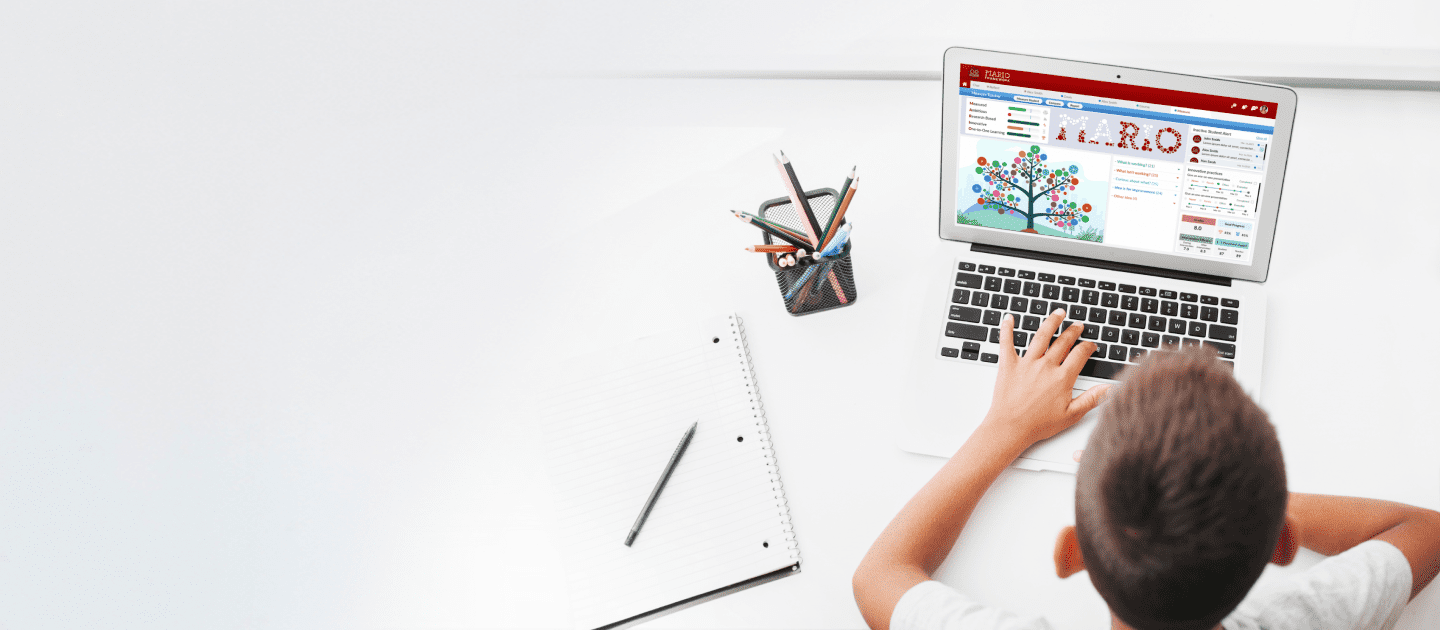Design Thinking for Social Innovation – Tim Brown and Jocelyn Wyatt

Designers have traditionally focused on enhancing the look and functionality of products. Recently, they have begun using design tools to tackle more complex problems…
Repositioning Families to be Active Change Agents

Families should be valued, and we should reconceptualize families as central stakeholders, seen and treated as significant contributors who have authority to influence and impact the trajectory of content and research decisions.
